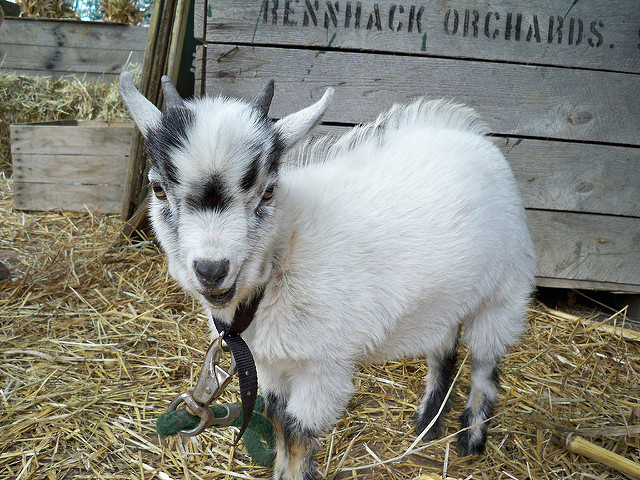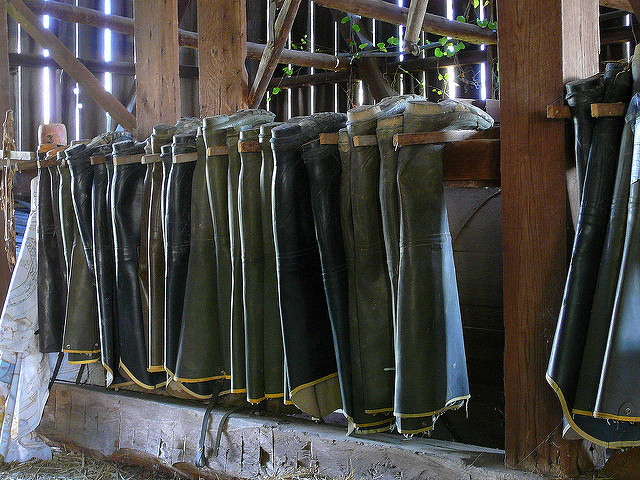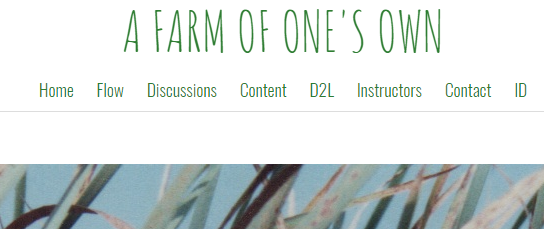This post’s purpose is to help the Fleming College Sustainable Agriculture Program take their first steps into the Farm of One’s Own project. It is here as an example of what a post on a WordPress domain might look like.
First off, one thing you can do to add some excitement to your posts is to use Creative Commons Search to find pretty pictures that you are free to use because of open licensing. Like this:
But make sure you give attribution! Photo credit: “100_3695” flickr photo by dugsong https://flickr.com/photos/dugsong/4164468894 shared under a Creative Commons (BY) license
by the way, that featured image of the boots at the top gets attribution, too! “Clagett Farm Fall Festival 2009” flickr photo by krossbow https://flickr.com/photos/krossbow/4004610129 shared under a Creative Commons (BY) license
You can add your own images, too, of course! You may even want to be cool about it and openly license your images for others to use!
Another thing you can do is easily pop YouTube videos into your posts. All you have to do is copy and paste the URL into the page and it will embed itself! See it in action below:
And then you have a nice little video embedded right into the page. You can add your own videos to YouTube in order to do this, or use videos already on Youtube. Hopefully the video you post hasn’t broken any copyright rules by being posted. You may want to look into that.
Below is an example of a YouTube video embedded right on in the page. It is relevant to this post because it explains something you need to know about WordPress. It explains the difference between a ‘page’ and a ‘post’.
Another thing you can do is link to other posts or pages. Maybe you will want to link to one of your classmate’s domains when you are writing about where you got your inspiration for an idea, or perhaps to the original Farm of One’s Own page, or even another post on your own domain.
Your FoOO domain will be your space to grow as you reflect and share your Sustainable Ag experiences. You will also teach & learn with your peers as your domain takes shape.
Phase 1 of this project will be for you to reflectively blog while you are off on your co-op experiences. This will be a way to keep in touch with and learn from your peers and see all the other farms your peers are working with. You may even get lucky and not have to do a ‘what I did on my summer vacation’ presentation when you get back, because we will all know about each other’s experiences already!
So, let’s get started with these start-up instructions: Getting Started with WordPress SAG (Thank you to Dennis Vanderspek from COMM 201 for the starting point instructions btw)




Thanks for doing this Terry. See you tomorrow.